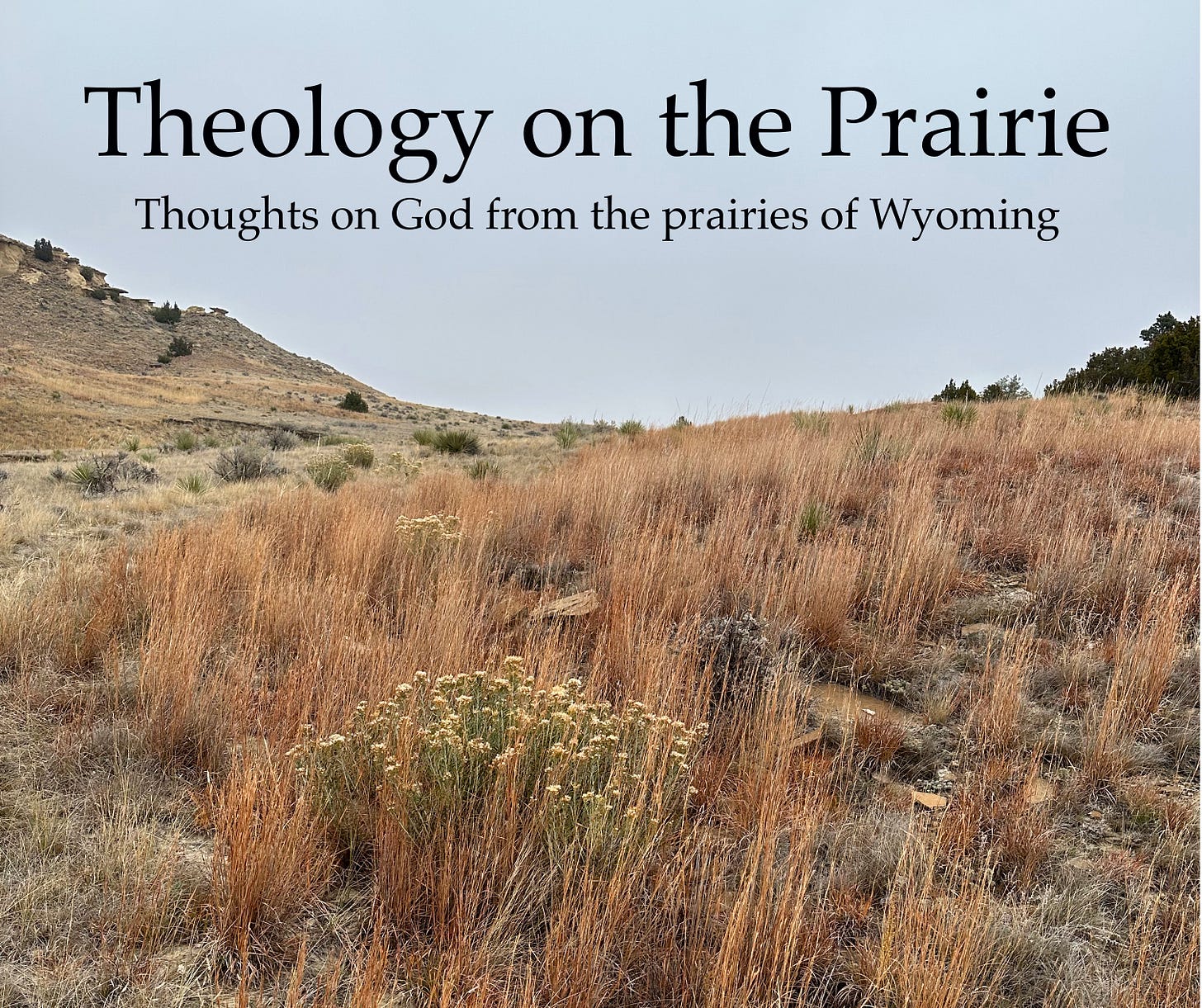Overview of the Bible
Almost all of us own a copy of the Holy Bible, or have at least flipped through the pages of one during a church service or while sitting in a hospital waiting room. But what do we actually know about the Bible?
The Bible as we know it today contains 66 books penned by over 40 authors over the course of approximately 1,500 years.
Until 66 AD there was only the Hebrew Bible (what Christians refer to as the Old Testament). The Hebrew Bible is organized into three categories: the Torah/Pentateuch (first 5 books authored by Moses), the Nevi’im (the Prophets), and the Ketuvim (the Writings). Our Old Testament today is organized into 5 categories: The Law, History, Wisdom Literature, Major Prophets, and Minor Prophets. Notably, both the Hebrew Bible and our Old Testament start with the same 5 books: Genesis, Exodus, Leviticus, Numbers, and Deuteronomy.
The space between the last book of the Old Testament, Malachi, and the first book of the New Testament, Matthew, is called “the 400 years of silence.” During this time, God did not inspire any new writings or prophecies.
For Jews living in the Greco-Roman world between 8th century BC and 5th Century AD, they had a Greek translation of the Hebrew Bible called the Septuagint.
The 27 books of the New Testament were quickly authored after the death, resurrection, and ascension of Jesus. The Gospels (Matthew, Mark, Luke and John) were written by Jesus’s disciples and each offer a unique perspective on the life and teachings of Jesus. The book of Acts gives us an account of how the good news of Jesus spread and the formation of the church. Romans - Jude are letters (AKA epistles) written to churches and Christians in general. Revelations closes out the New Testament with a grand prophetic vision of what many call the “End Times”.
By 400 AD the Bible as we know it today was officially canonized. The Hebrew, Aramaic and Greek texts were translated to Latin and became inaccessible to the uneducated until John Wycliff translated the New Testament into common English in 1382.
Since then the complete Bible has been translated into over 700 languages, but according to Wycliffe Global Alliance, there are still 1,320 languages that have no portion of scripture translated.
While in 1415 the English translation of the Bible was outlawed, today we have access to around 50 different English versions of the Holy Bible.




